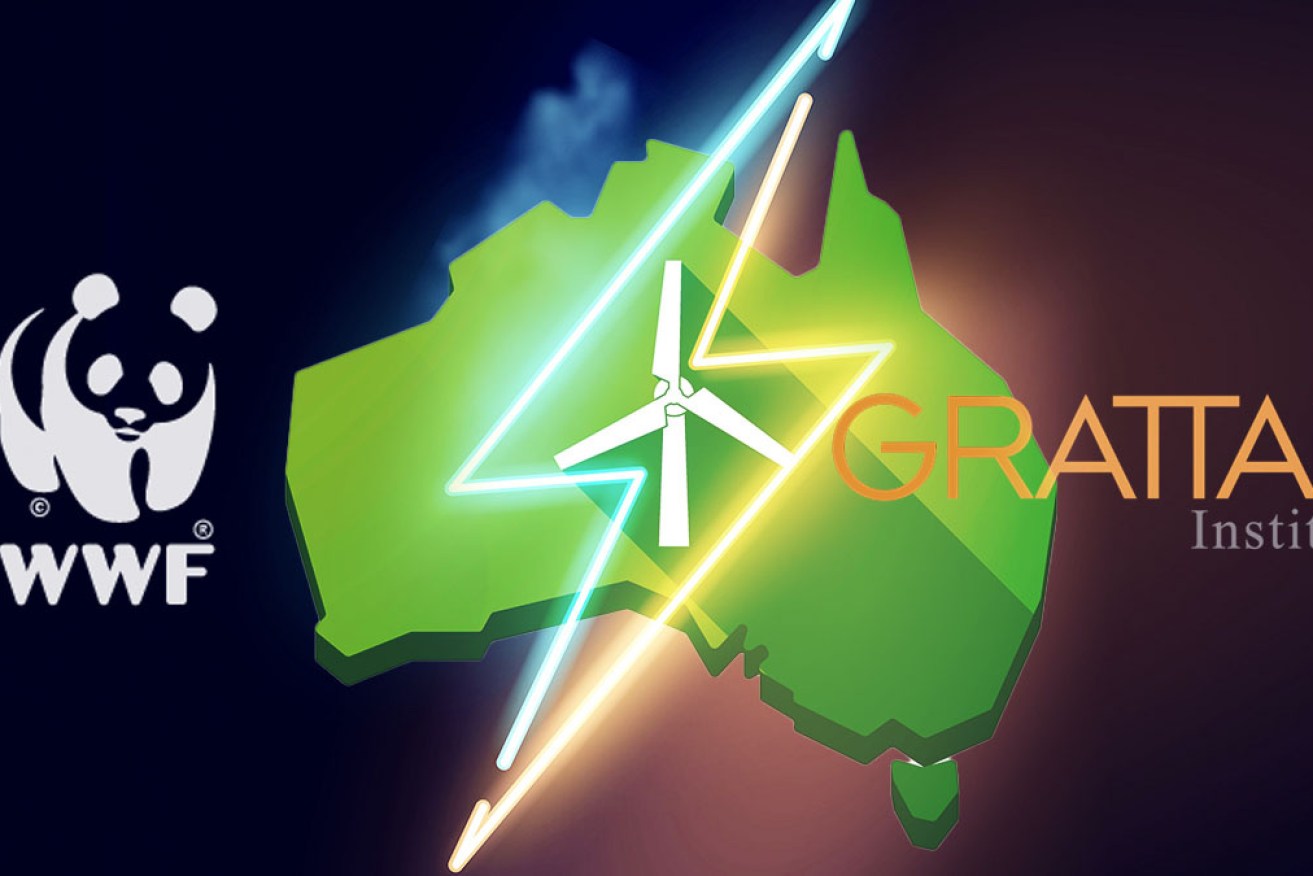Grattan Institute and WWF clash over renewable energy targets


WWF and the Grattan Institute have differing views on our renewable energy targets. Photo: TND
Australia could switch to 70 per cent renewables by the 2030s and achieve net-zero emissions without threatening affordability or reliability of supply, according to new research by the Grattan Institute.
But the think tank argues renewables need to be kept at less than 90 per cent of the overall market.
“We should not rush to 100 per cent renewable energy, because ensuring reliability would be costly – especially in the depths of winter in the southern states when electricity demand is high, solar supply is low, and persistent wind droughts are possible,” Grattan says in its latest report, entitled Go for Net Zero.
However, conservation group WWF has argued Grattan’s plan lacks ambition and would leave renewable energy production way below what is possible in Australia.
WWF Australia’s energy transition manager Nicky Ison said Grattan’s view “is very short-sighted and misses a huge opportunity”.
“We have a target of 700 per cent renewables by 2050 and think we should be aiming at 150 per cent renewables across the country by 2030,” Ms Ison told The New Daily.
Targets of more than 100 per cent renewables mean clean energy sources would generate more energy than is needed to meet demand, with any excess used to produce hydrogen or exported to neighbouring countries through large transmission cables.
Ms Ison said a target of more than 100 per cent “means that we are not just moving away from coal to renewables and storage in our electricity sector, but we are starting to decarbonise areas like transport and industry”.
Problems emerge
Grattan Institute energy program director Tony Wood, one of the report’s authors, said that moving beyond 90 per cent renewables was problematic.
“What we found is that 70 per cent is doable and you can move past that to 90 per cent where there’s no more coal,” Mr Wood said.
“But as you get to 70 or 80 per cent you have issues across the entire market with [providing more] transmission and batteries.
“Batteries are good in the short term, but you get periods particularly in winter when the wind isn’t blowing across the whole network which can last up to two weeks so you need some gas generation as well.”
Grattan believes that 70 per cent renewables could be reached in the 2030s, but 90 per cent would take until the late 2040s or 2050.
WWF said that was too far away.
“You can’t wait till after 2030,” Ms Ison said.
“In order to accelerate the decarbonisation of both sectors [electricity and transport], you’ve got to do them at the same time. And when you’re on top of that you’ve got to look at these renewable export opportunities.
“We would expect that the renewable energy hub planned for WA would be online by 2030 – it’s the largest renewable energy project proposed in the world.”
Ms Ison said projects like that “would create new export industries that would create tens – if not hundreds – of thousands of jobs”.
However, Grattan held the view that moving to a less-ambitious target would enable carbon emissions to be cut significantly without rushing into technical and financial difficulties.
“If we end up committing to net-zero emissions by 2050, then the 2040s is when these issues start to become real,” Mr Wood said.
“It means that we can spend 20 years to really understand how we can balance the system.”
Targeting 90 per cent renewables would mean a significant drop in carbon emissions.
“Now the electricity system emits 150 million tonnes of CO2, and it would fall to 10 million tonnes at 90 per cent renewables,” Mr Wood said.

Grattan says pushing too hard on renewables could backfire.
Whichever renewables target is chosen, the result will be higher power prices, according to Energy Users Association of Australia.
Wholesale power prices are currently about $40 a megawatt hour (MW/h), but the association’s CEO Andrew Richards says these prices are “artificially low” and effectively subsidised by contract arrangements made between state governments and the renewable energy operators they have encouraged into the market.
The cost equation
Grattan’s research says a “keep coal” scenario would see wholesale power prices at $90.6 MW/h by the 2040s, while a 70 per cent renewables target would see this rise slightly to $93.2MW/h.
“That would be competitive with maintaining the current coal-based system,” Grattan found.
However, a renewables target of 90 per cent or higher would see power costs sharply higher, at $99.9MW/h, Grattan found.
Those rising costs would hit the industrial power users Mr Richards represents – and he says pushing beyond 90 per cent would be a bridge too far.
“In order to achieve something over 90 per cent you would have to massively overbuild the system so that it would become prohibitively expensive,” Mr Richards said.
Households and consumers would also be hard hit under that scenario, said Lynne Gallagher, CEO of Energy Consumers Australia.
“It’s easy to be environmentally pure and say we can take on extra costs in the electricity sector while there are lags in other parts of the economy,” Ms Gallagher said.
“Electricity is now the same price in real terms as it was in 1950 after falling to 2007. Consumers are totally at their limit – and are we seriously saying they could pay more?”
Ms Gallagher added: “A rollout of electric vehicles and community storage can reduce costs for consumers while cutting emissions.”








